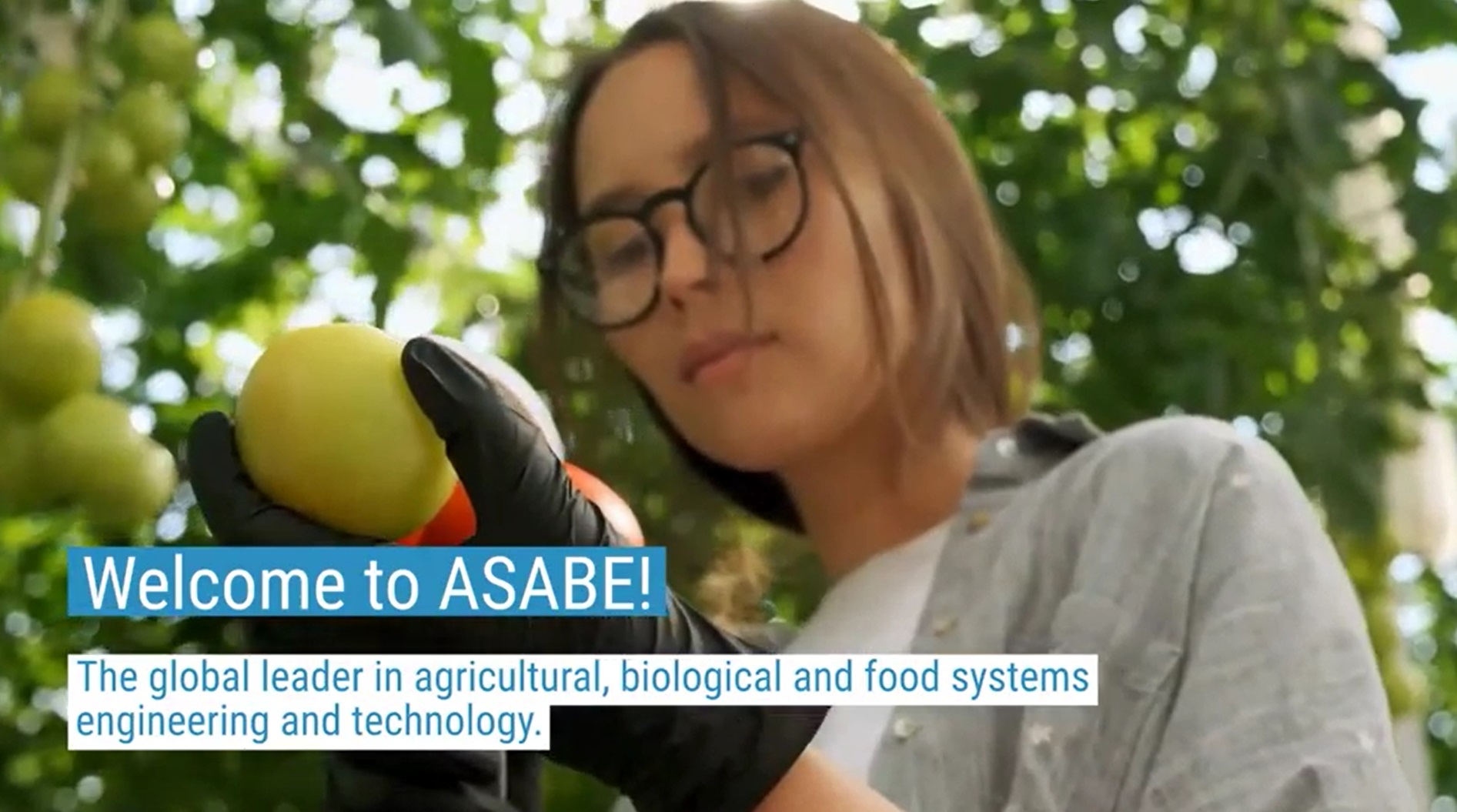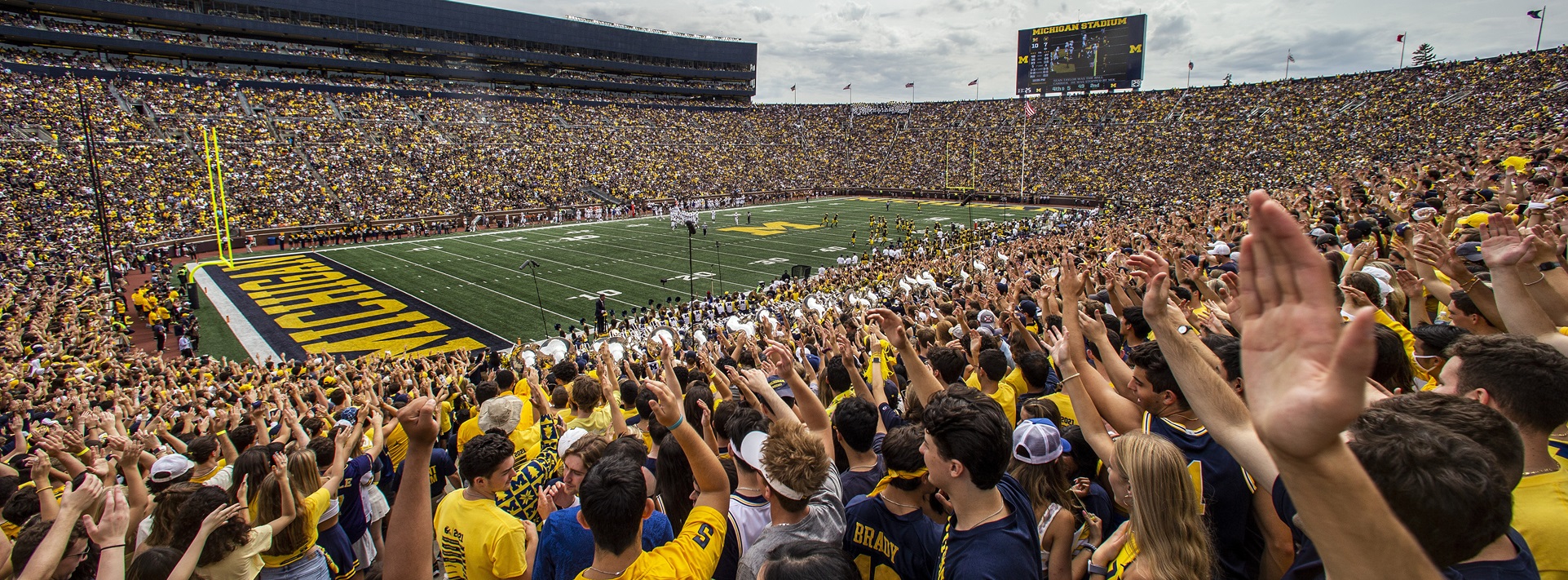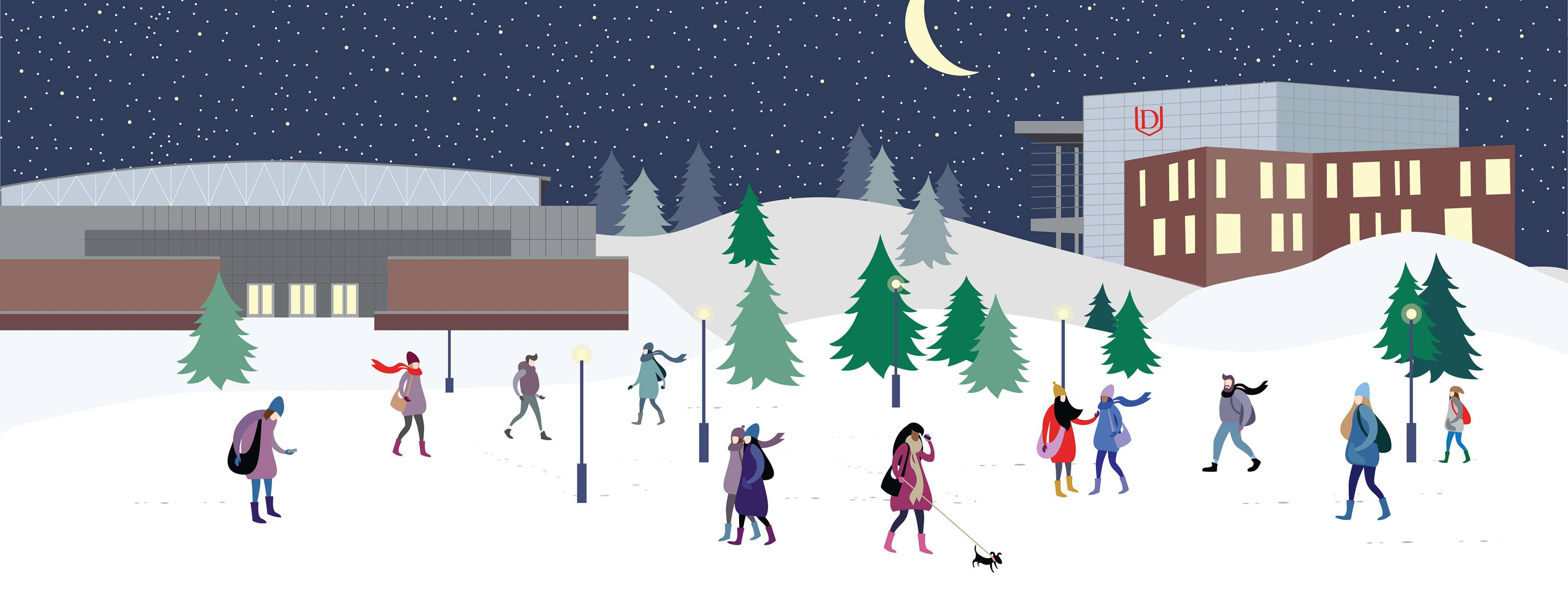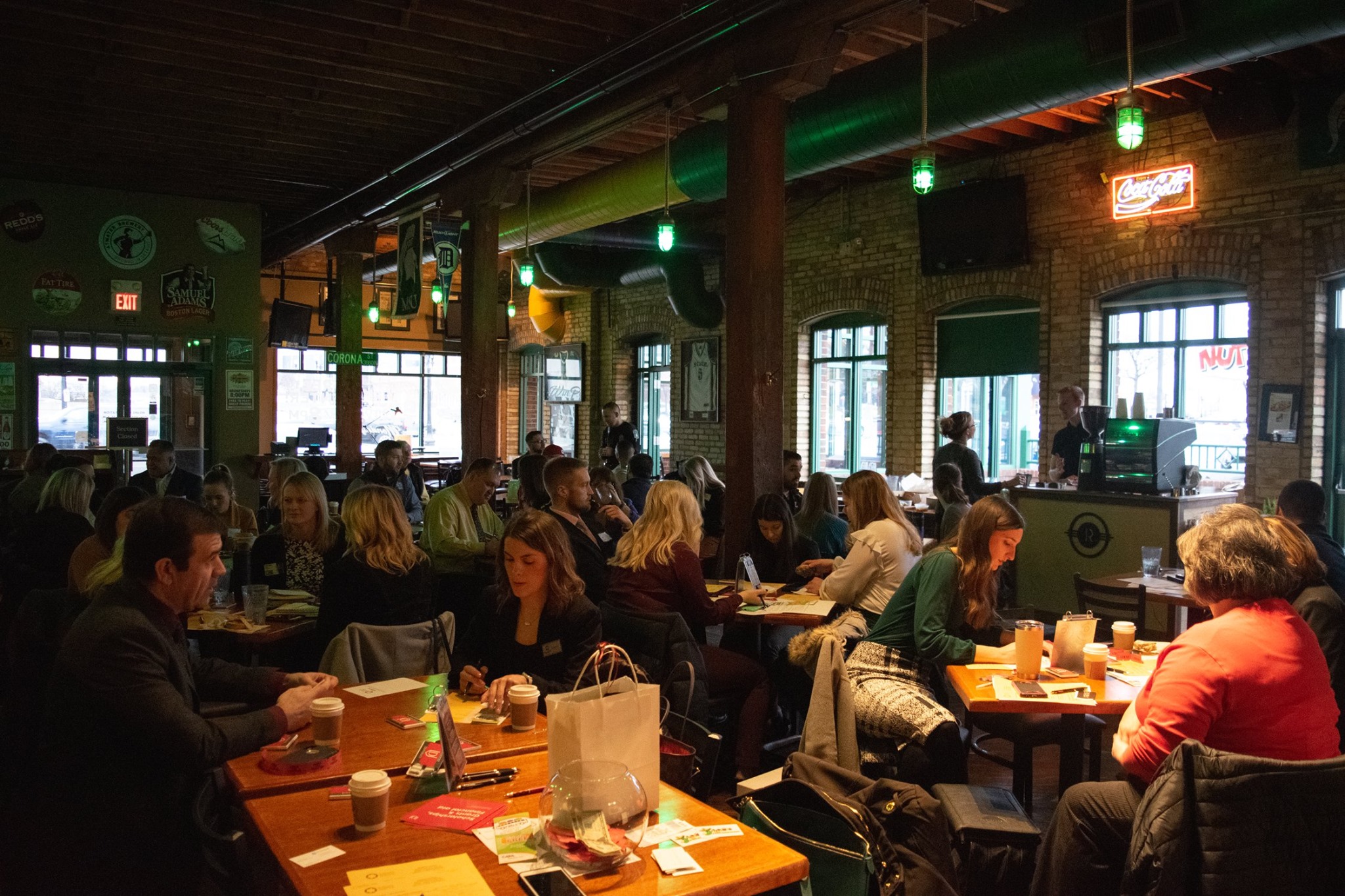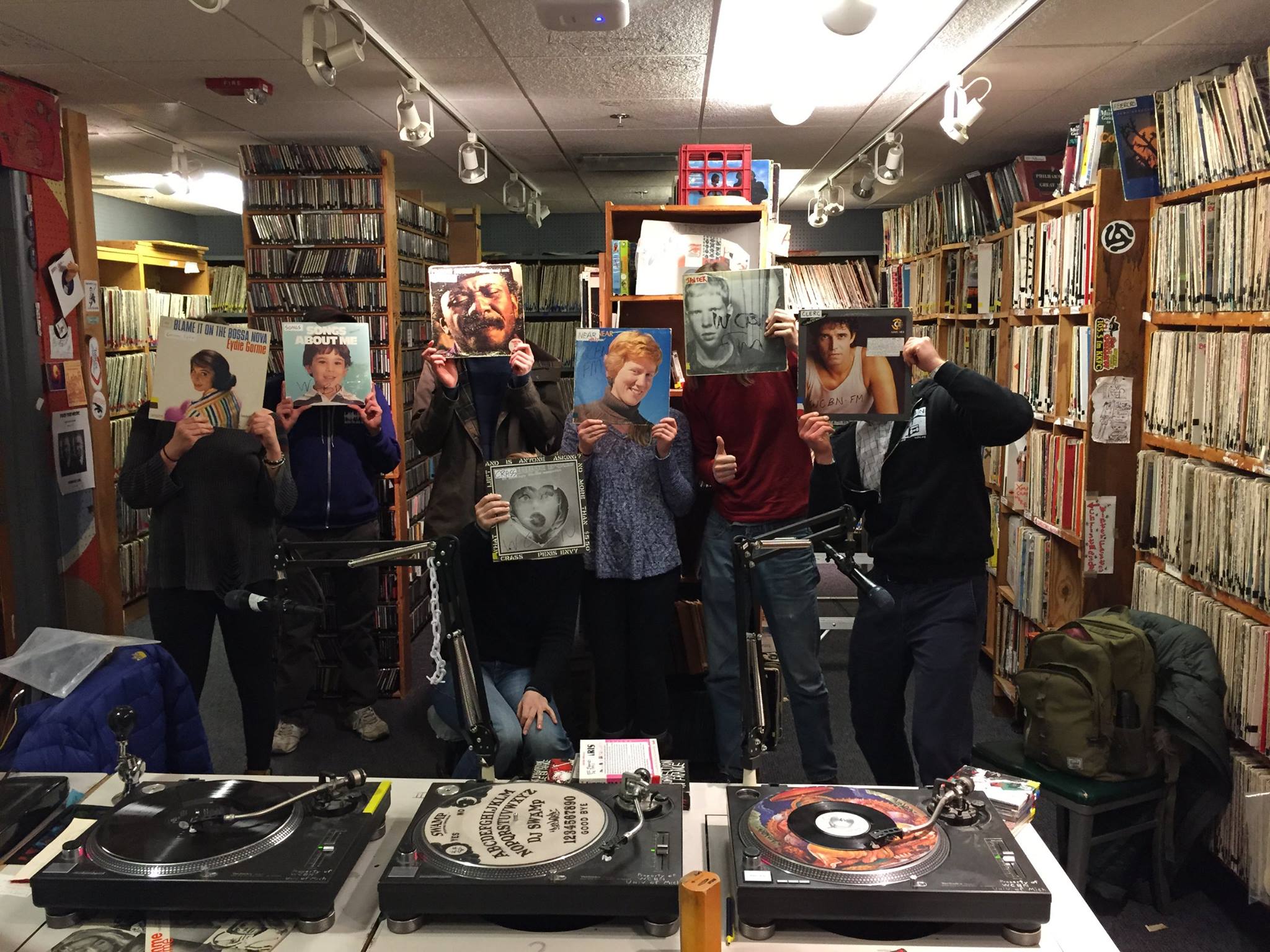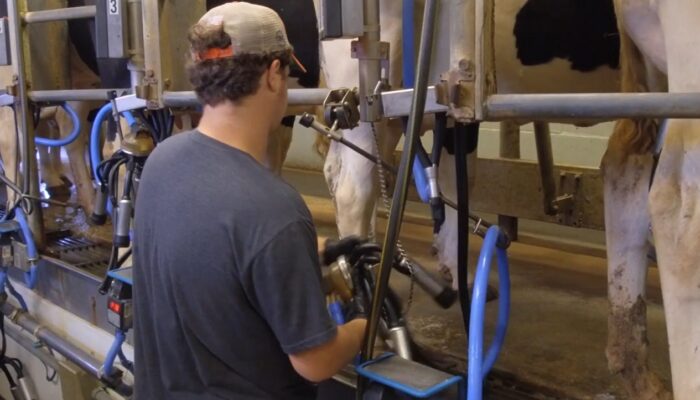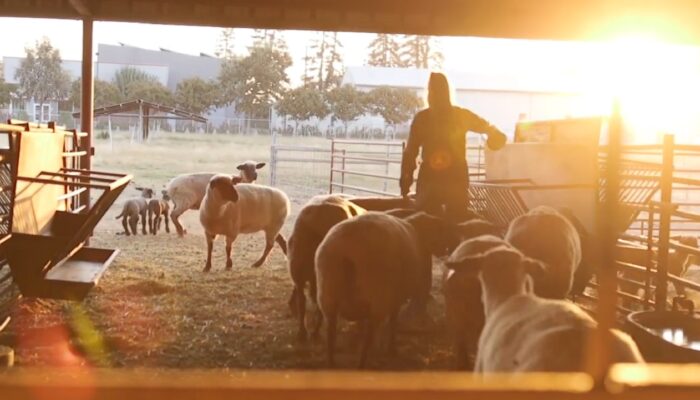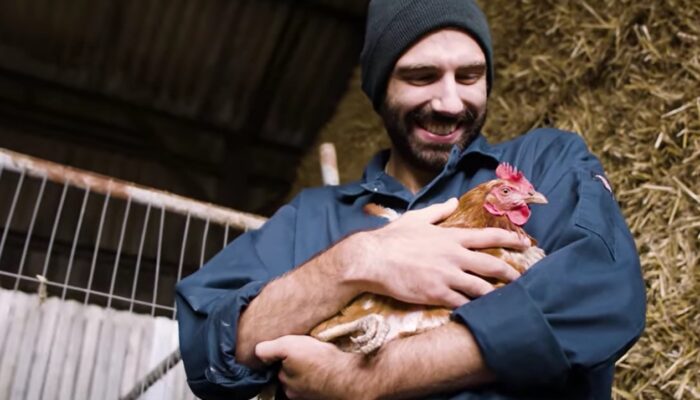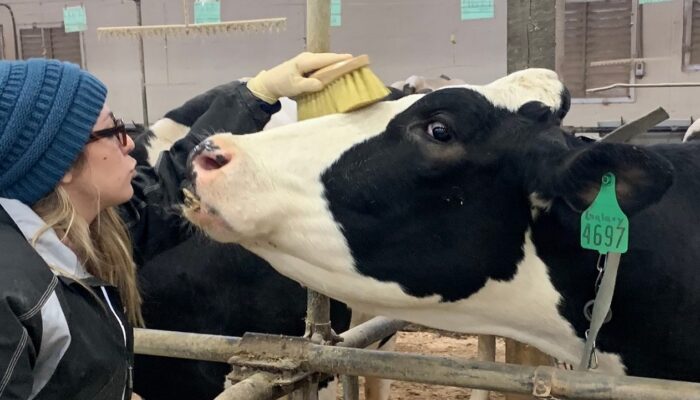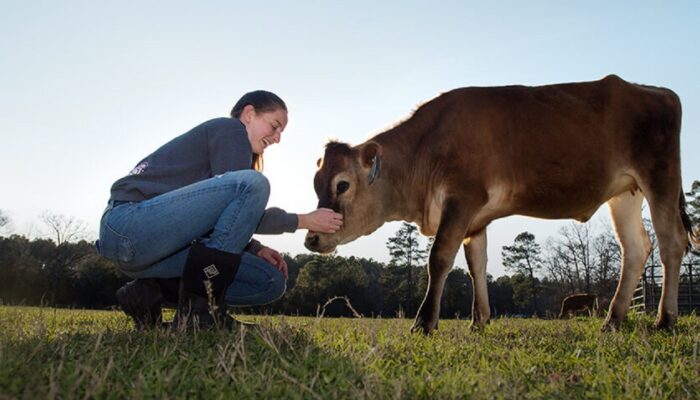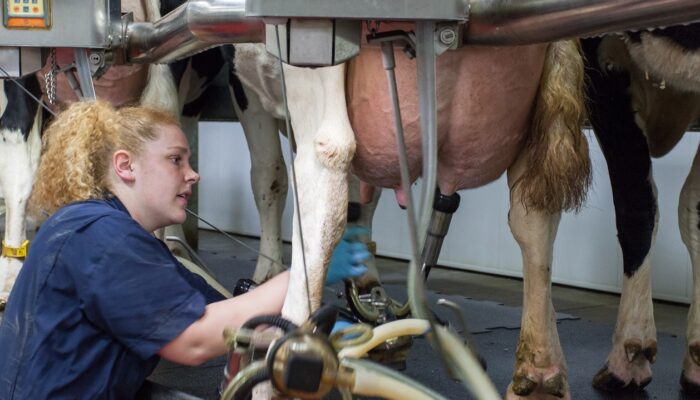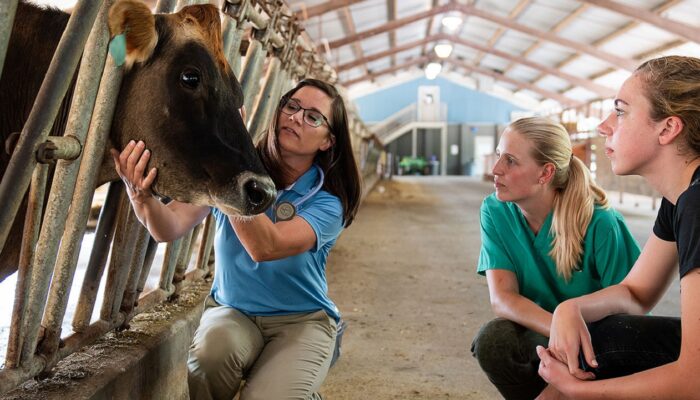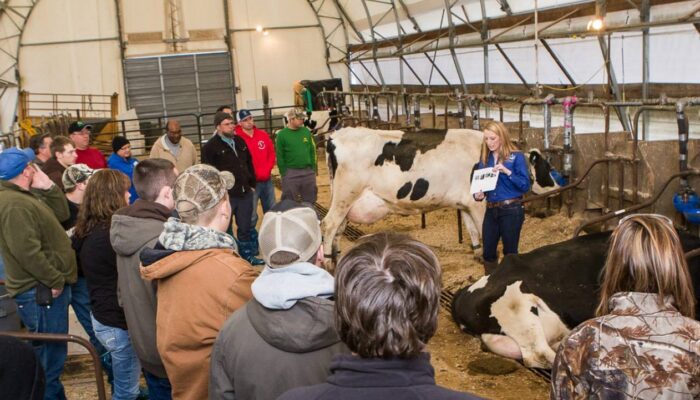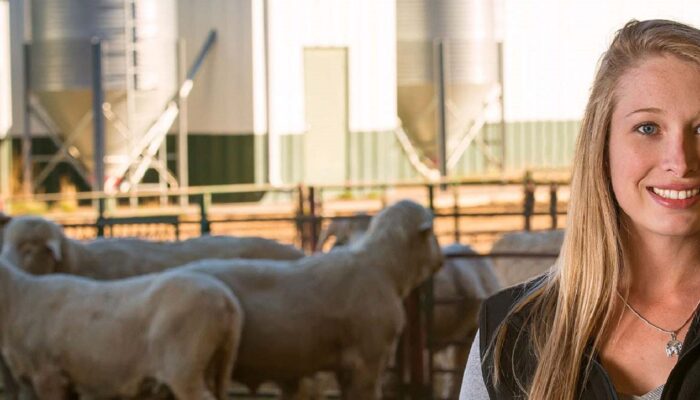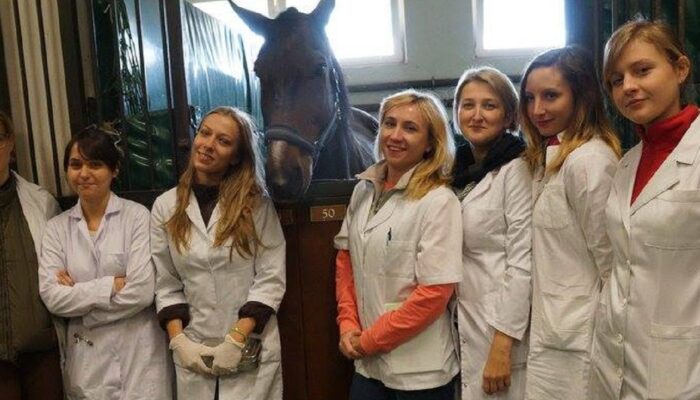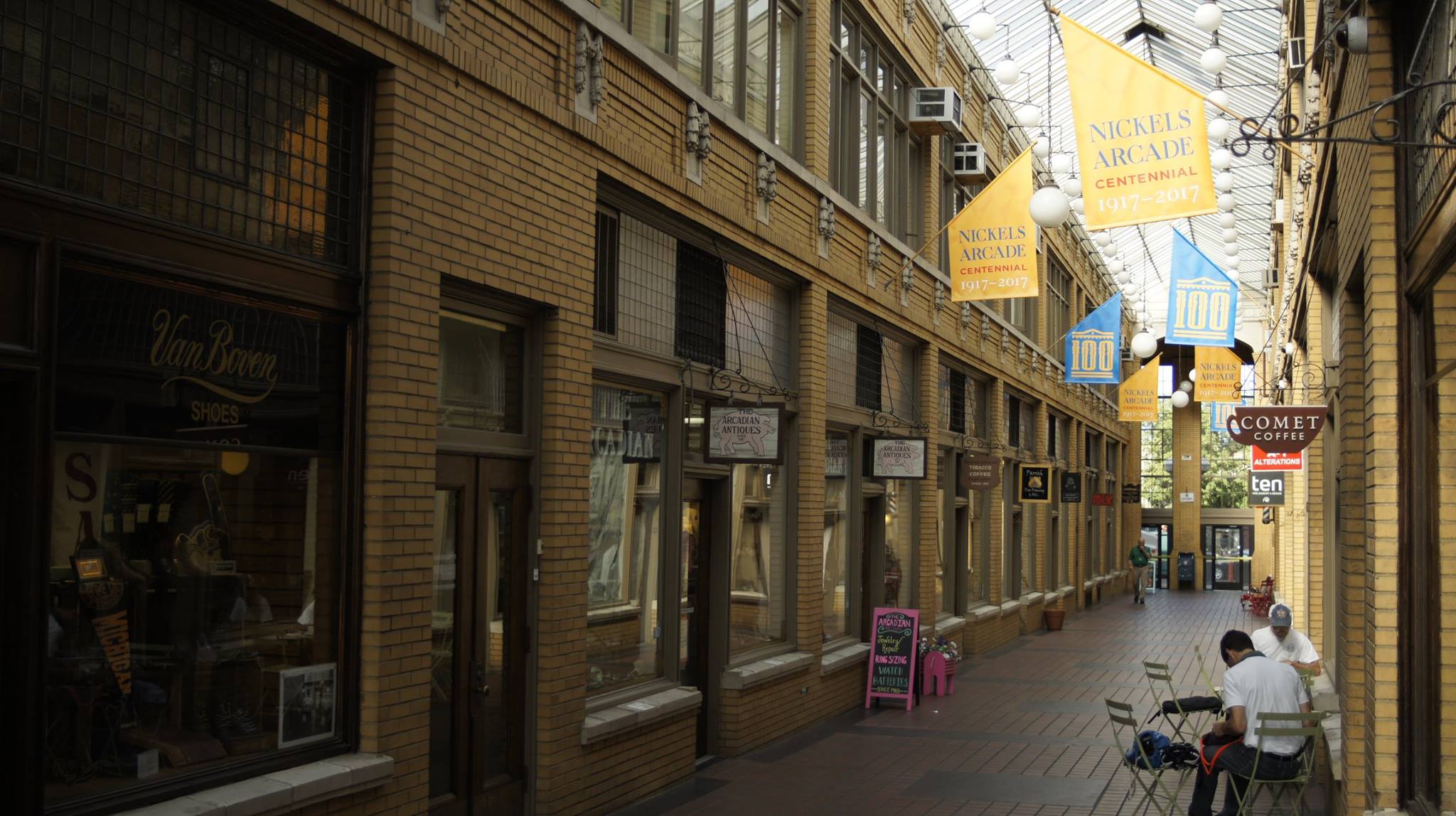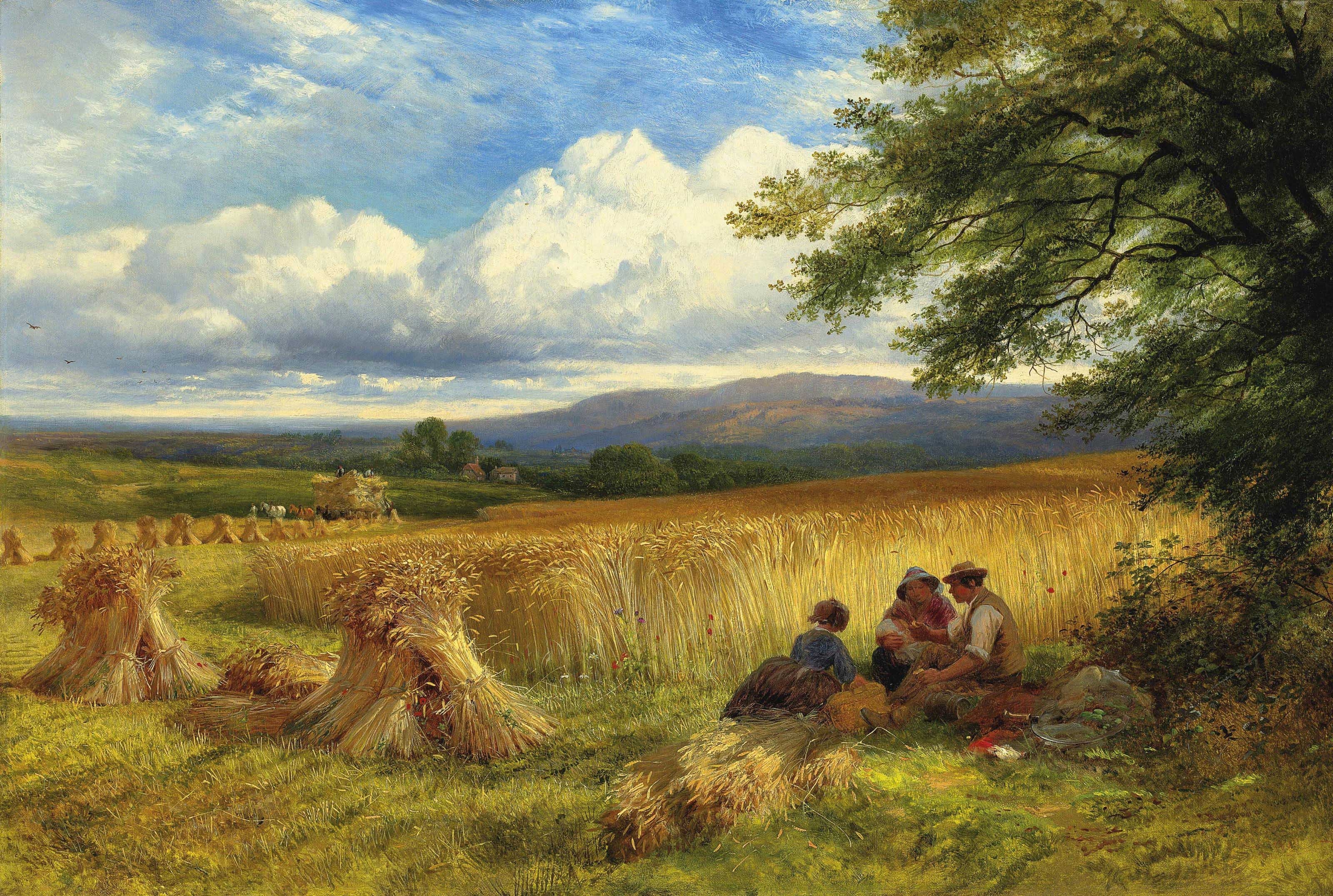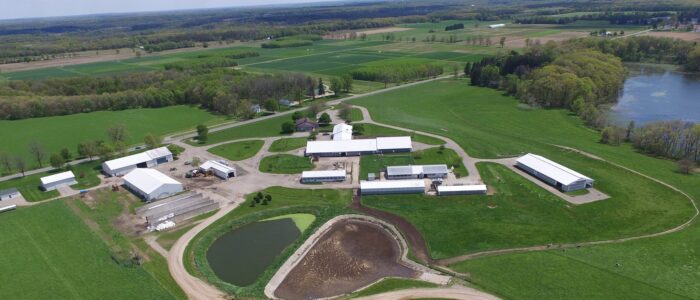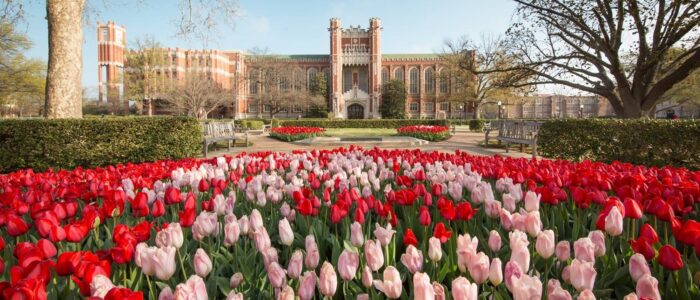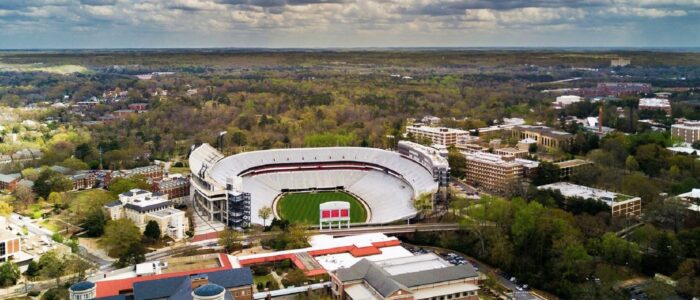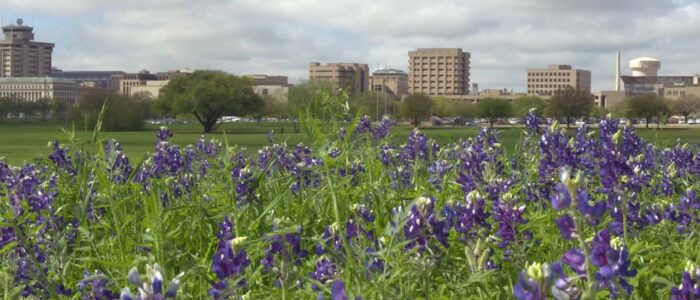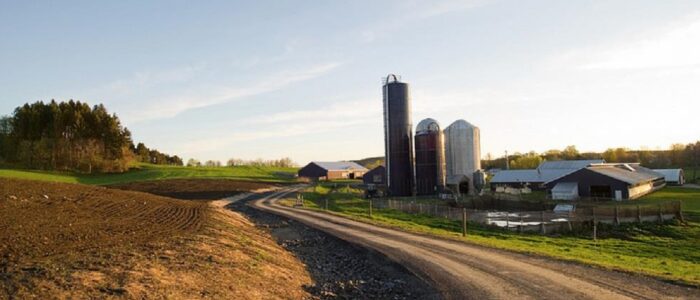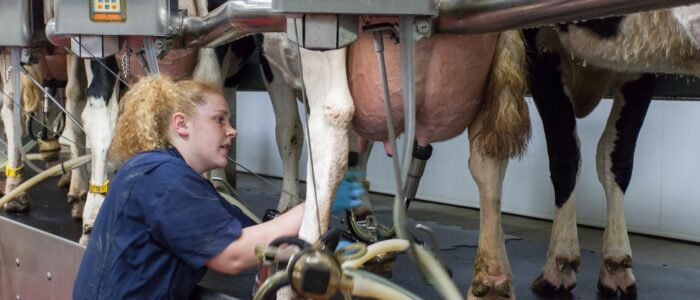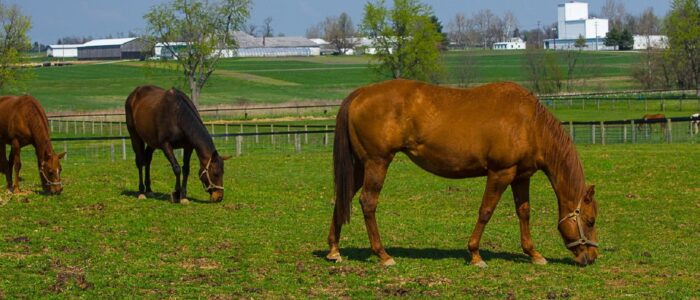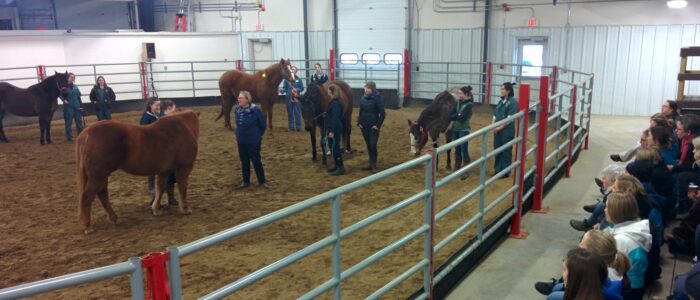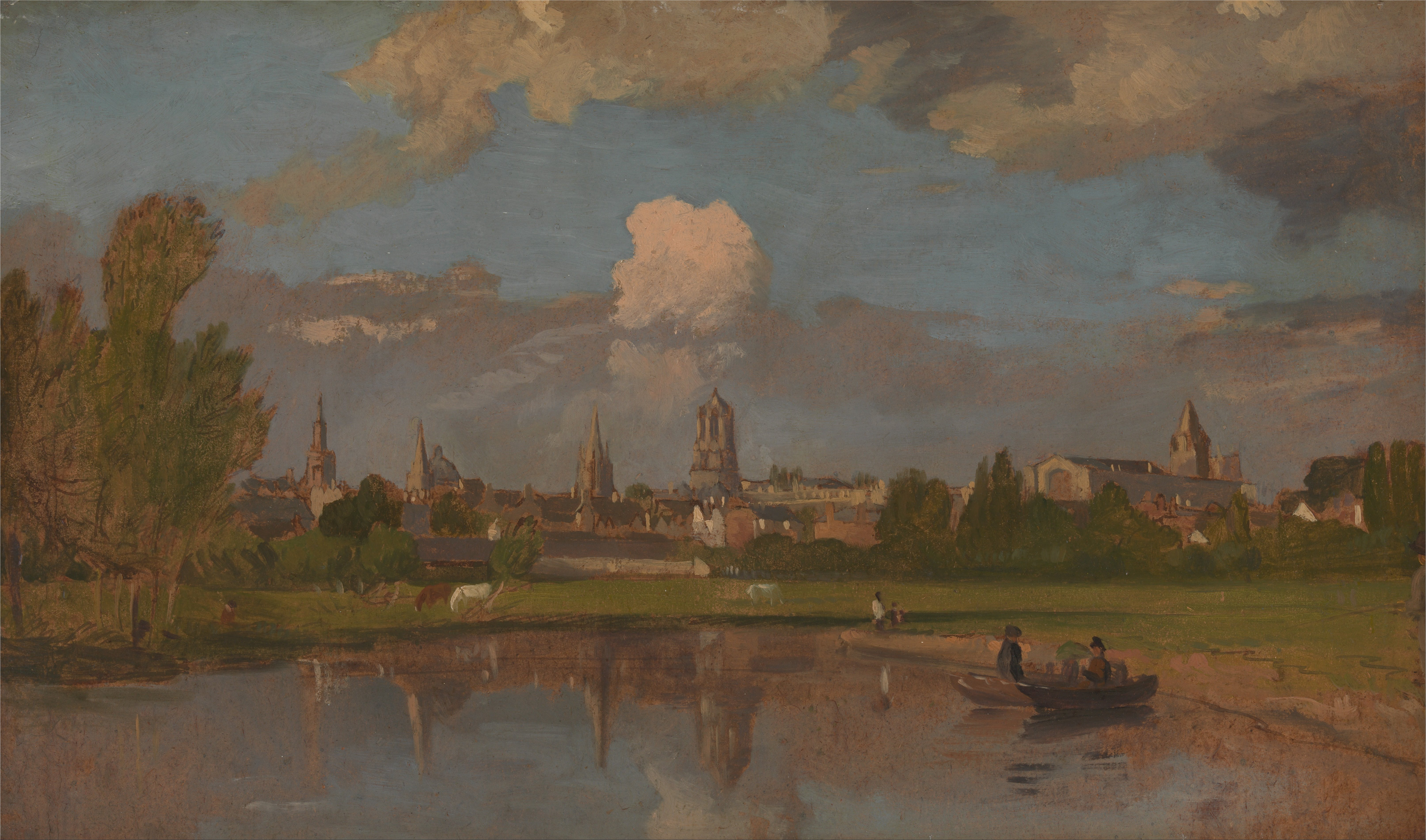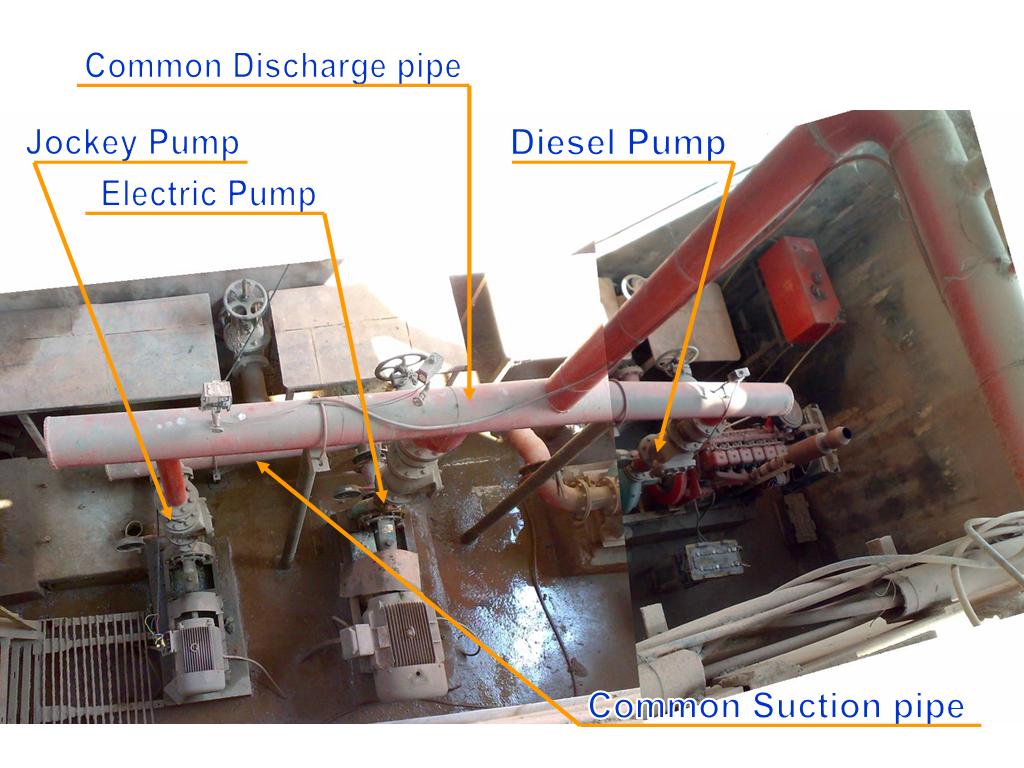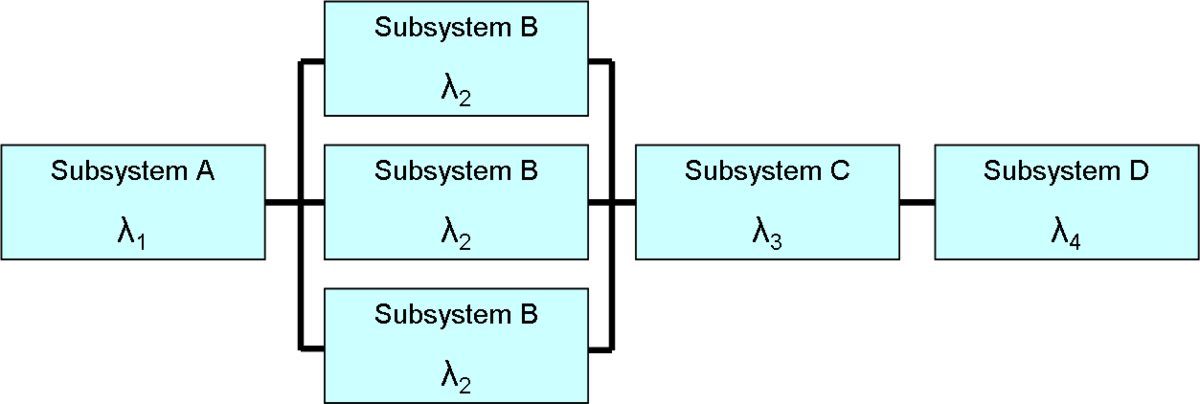The Cow
The friendly cow all red and white,
I love with all my heart:
She gives me cream with all her might,
To eat with apple-tart.
She wanders lowing here and there,
And yet she cannot stray,
All in the pleasant open air,
The pleasant light of day;
And blown by all the winds that pass
And wet with all the showers,
She walks among the meadow grass
And eats the meadow flowers.
— Robert Louis Stevenson
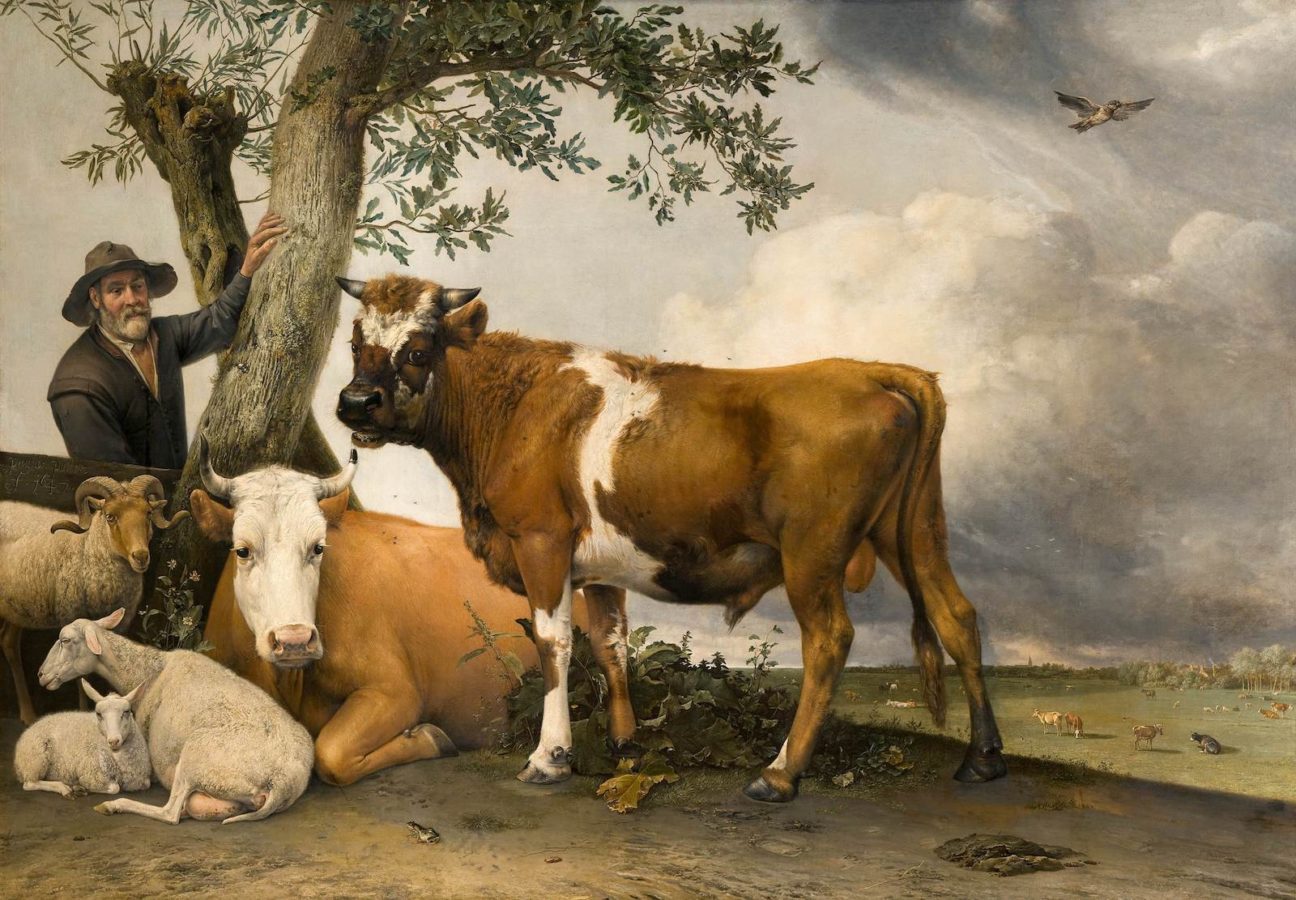
“De Jonge Stier” 1647 Paulus Potter
Dairy milk products remain a vital part of global food supply. Since 1970 an ISO Technical Subcommittee — ISO/TC 34/SC 5 Milk and milk products — seeks globally effective standardization solutions in the methods of analysis and sampling for milk and milk products, covering the dairy chain from primary production to consumption. The business plan of its parent committee is linked below:
BUSINESS PLAN ISO/TC 34 FOOD PRODUCTS
The Stichting Koninklijk Nederlands Normalisatie Instituut is the Global Secretariat for TC34/SC5. Participating and Observing nations are shown on the map below:
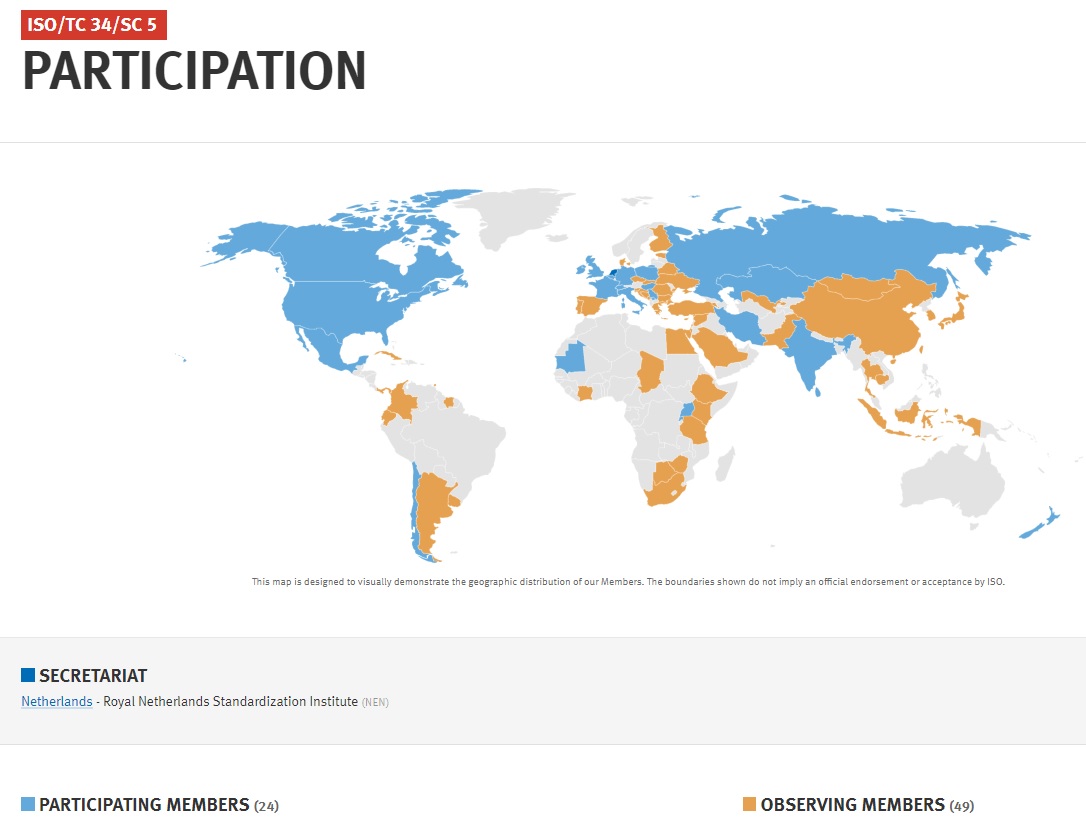

The American Society of Agricultural and Biological Engineers is the US Technical Advisory Group Administrator to the parent TC34 committee but ANSI does not have a Technical Advisory Group leader. As the U.S. member body to the ISO, ANSI is always on the hunt for its members and/or relevant stakeholders to participate in discovering standardization solutions in a broad range of technologies and markets with like-minded experts in other national standards bodies. The full sweep of ANSI’s participation in consensus documents developed by the ISO is described in the link below:
ISO Programs – Overview
This committee has functioned since 1970 — long enough for many of the best practice titles it produces to have stabilized. There is other market action in the global dairy supply — notably the growth of non-dairy food supply — but we find no public consultations open on proposed standardization solutions as of this posting. When they are released they will appear in the link below:
ISO Standards Under Development
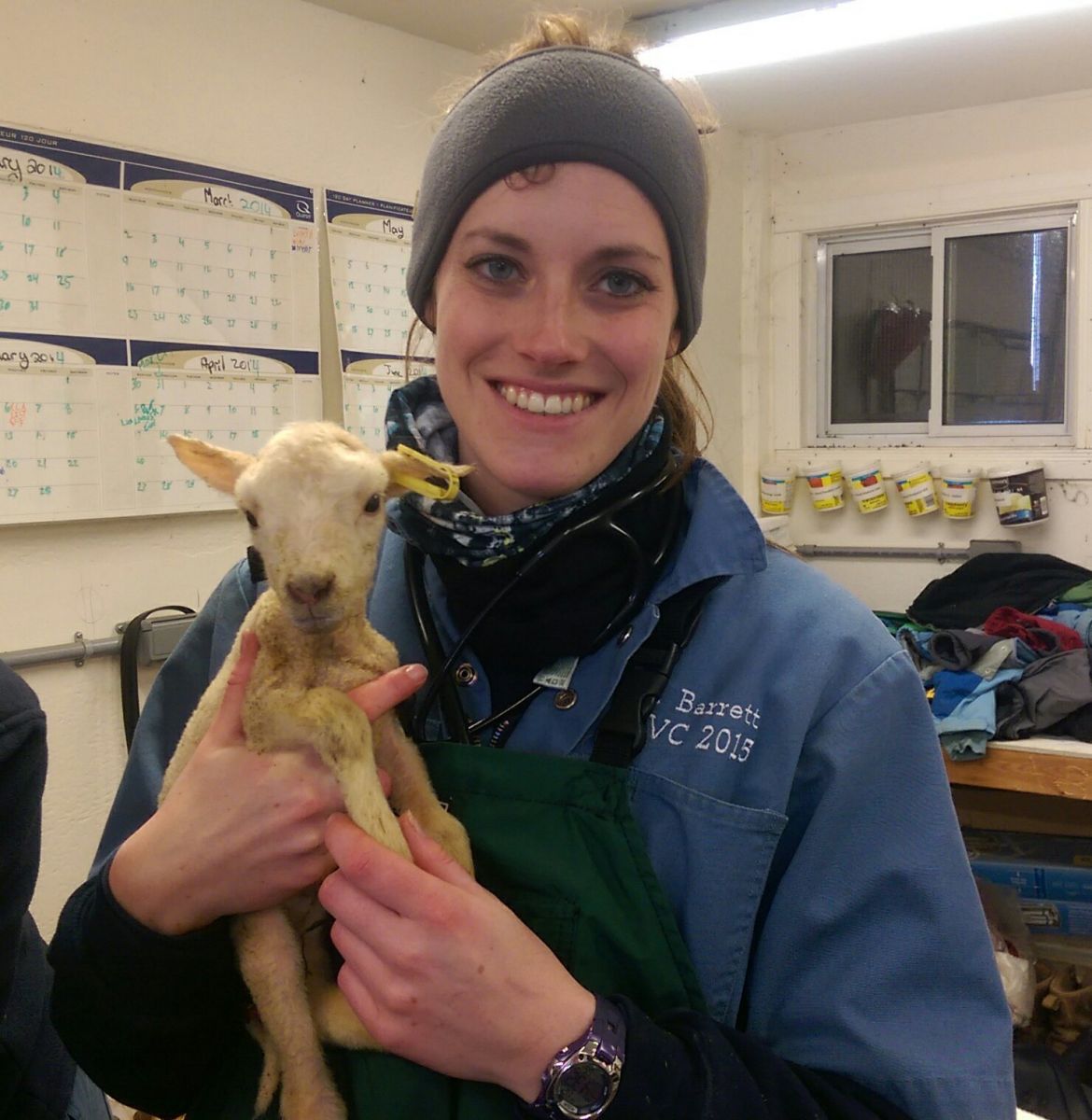
Ontario Veterinary College
Land grant colleges and universities are likely stakeholders in this domain. Apart from the passion that young people have for fair trade in any market, we see this as an opportunity for faculty and students to gain insight into the geo-politics of food supply generally and the subtleties of coffee markets. Business schools, agricultural colleges, international studies program developers who may be, and should be, interested in a leadership opportunity on behalf of the United States should communicate directly with ANSI’s ISO Team ((isot@ansi.org).
We devote at least an hour every month breaking down public consultations on food safety and sustainability. The work products of TC 34 appears on the standing agenda of both our Global and Food colloquia. See our CALENDAR for the next online meeting; open to everyone.

Issue: [19-46]
Category: Academic, Global
Colleagues: Mike Anthony, Christine Fischer, Akkeneel Talsma
